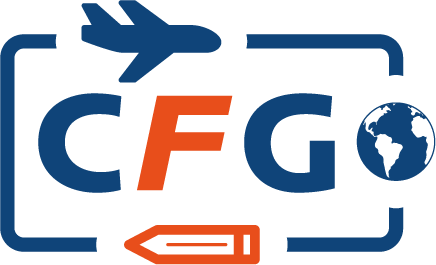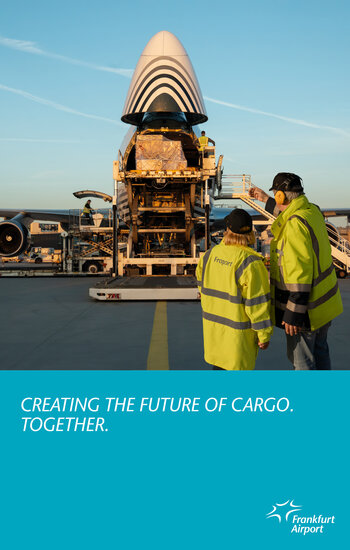According to the latest IATA data from JUN25, North America reported an 8.3% contraction in monthly cargo ton kilometers (TKM), contrasting Asia-Pacific’s 9% growth in volumes. Although this is only a current picture, it already evidences the ongoing shift in air freight that is accelerating month after month. If this trend continues, cargo airlines will respond with network adjustments sooner rather than later.

While commenting the figures, Willie Walsh, IATA’s Director General, pointed out many factors causing this development, but indirectly blamed tariff disputes triggered by the U.S. government as the main cause of the latest slump of the North American cargo traffic. The Far East-US trade corridor, which stands for 24.4% of the global industry, fell again in JUN25 (-4,8%). It was the seventh month of ongoing decline.
Appealing markets
This consolidates the trend away from the U.S. as an attractive air freight market, which is likely to accelerate in the coming weeks and months due to Trump’s erratic tariff policy. Business associations in Germany, France, and other European countries, are increasingly frustrated and are tabling strategies aimed at turning away from the U.S. step by step, and recommending politicians to prioritize new trade agreements with countries such as Indonesia, India, Brazil, or Mexico. A leading representative of the European automotive industry said it quite openly at the beginning of last week: “The U.S. can no longer be relied upon, which makes long-term industrial planning almost impossible and shifts the focus of investment decisions to other markets.”
U.S. cargo carriers lose business
The main beneficiary of this general shift in business is the Asia-Pacific region, where the month-long boom in freight traffic continues unabated, as evidenced by the 9% TKM increase in JUN25. Consequently, APAC carriers consolidated their position due to high load volumes in their home markets. High cargo volumes are also attributable to airlines that offer either nonstop services between Europe and countries in the APAC region or air carriage with stopovers at hubs such as Baku, Istanbul, Doha, or Dubai.
Stability and predictability are essential, says Willie Walsh
In Europe, air freight only grew marginally in JUN25 (+0.8%) while the Middle East suffered a setback with a drop of 3.2%. According to IATA, the contraction in tonnage was caused by political tensions and military conflicts in the region, leading to market uncertainties and restraint business activities.
Africa grew as well (+3.9%) but based on a modest level, as did Latin America, including the Caribbean area (+3.5%).
Global air cargo demand grew modestly in JUN25 (0.8% y-o-y) with intercontinental traffic growing by 1.6%. Capacity offered to the market was slightly higher, reaching 1.7% growth, which has put some pressure on rates.
In his comment, IATA Chief Walsh reminded that “stability and predictability are essential underpinnings for trade,” which must be understood as a clear signal to the U.S. government. At the same time, he urged governments to step up digitalization efforts, allowing trade and air transport to become simpler, faster, safer and more accurate, benefiting producers, consumers and the entire air cargo industry.




